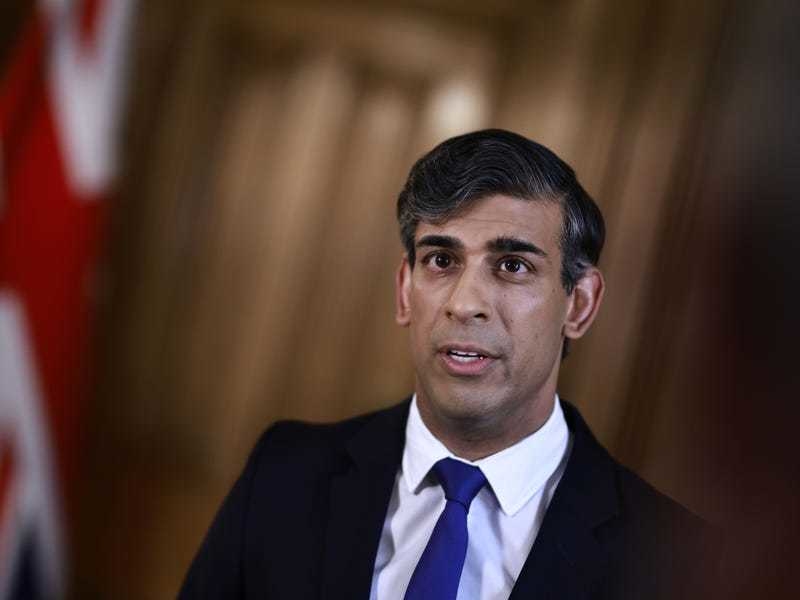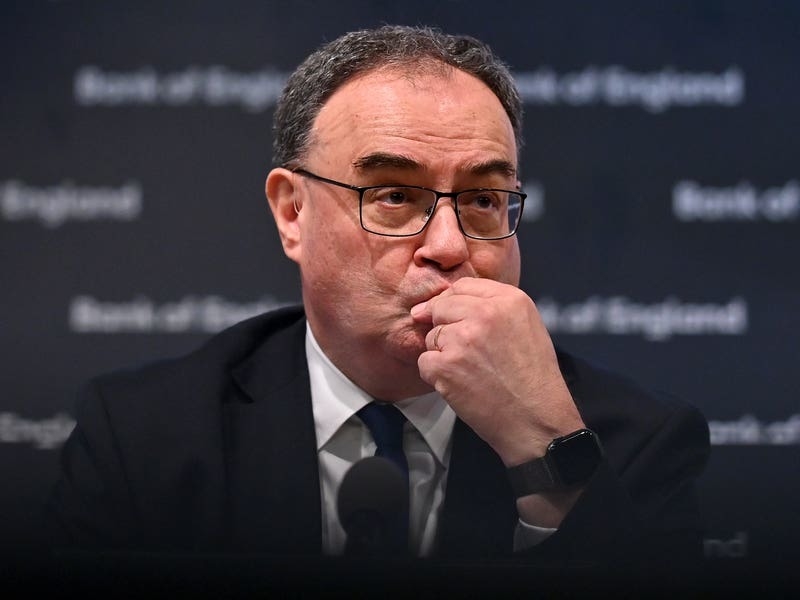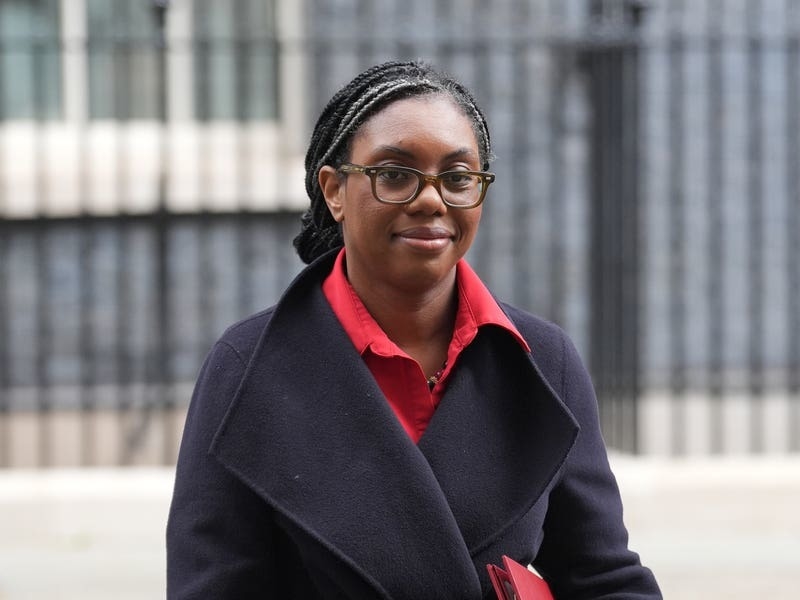Mr Tanner, whose official job title is group capital projects director, Ports of Jersey, has been in the Island for just over a year, so it will be no surprise to him that his masterplan is by no means the first of recent years.
He’s also aware that however exciting in terms of project creation, any alteration to any part of the harbours infrastructure is never going to be straightforward (as the recently installed temporary railings alongside the English Harbour bear witness).
But having recently unveiled the £42 million Airport masterplan with, so far, little response of a controversial nature, he’s determined that the harbours masterplan will prove satisfactory to all concerned.
‘It’s important to do it properly and get it right,’ he observed. ‘To me, this is incredibly exciting, really different. It’s not something I’ve had a lot of experience in apart from some consultancy, but I’ve spent a huge amount of time trying to work out where we had got to with harbours, trying to work out the issues, and a lot of that has been a learning curve.
‘The opportunities in the harbours are incredible, the stuff we can do down there.’
What that ‘stuff’ is exactly he is careful not to reveal. However, he will say that it’s about growth, about ways to attract people into the Island, about what is happening in tourism and in business. ‘We’ve already spent a year on it, we have a lot of information and data, a brilliant design team, and we’ll be releasing our plans and visions this year.’
The broader picture also includes safeguarding all the shorelines, working with States teams including the Jersey Development Company, as well as the key stakeholders such as Condor and Manches Iles, community users like the yacht club and boat owners, and environmental groups. ‘At the moment we are making sure we tie in with the Esplanade work, the logistics, and the States are working closely with us on that.
‘It’s totally different from anything else I’ve done,’ he observed. ‘It’s a strange thing to say, but you can work on huge projects at Heathrow and no one cares – people are only interested in whether it works and can make them some money.
‘Here, everyone is interested in what you are doing and why you’re doing it and you feel so much more a part of things. It matters more and because you’re living here yourself, you know you will personally be impacted by what you do. And the users – family, friends – they are all subject to hopefully the positive outcomes of what we create.
‘That’s really nice, but scary – you can’t get it wrong.’
Fundamental to all this is that Ports of Jersey, although States owned, have been a privately incorporated company in their own right for several years now. This means that they have a remit to work within their own budget and ultimately be self-funding, producing commercial income to pay for the essential and very expensive maintenance work the shoreline requires.
‘We have to make sure we can deliver without asking the Treasury for money – people often don’t realise that. They ask whether it’s right that the States are spending £42m on the Airport, but that is funded by Ports of Jersey and it’s in our business plan,’ he explained.
Aged 42 and married with three sons under the age of eleven, his career path to date has covered an extensive array of capital projects, from health service restructuring and nuclear plant decommissioning to developments at Heathrow and Manchester airports.
Admittedly, Jersey is somewhat different from Heathrow but despite the apparent contrast he says that so far he has not found the Island boring. ‘Usually, on these big projects, you’re pigeonholed into one area of expertise, but here we all get involved in all kinds of things, so my involvement is more diverse than anywhere else I’ve worked.’
Strange but true, Mr Tanner started his working life in banking, as an accounting officer, having studied mathematics, statistics and computing at Liverpool University. ‘I was brought up in Formby, Merseyside, where my family live now. The bank sponsored me through my education and then I went to work for the National Health Service, firstly in an accounting role and then in supply-chain management and procurement. It was all on the medical side, so big medical equipment and consumables.’
In the event he worked for the NHS for nearly ten years, at a time when cost-cutting was a big item on the agenda. ‘The NHS decided that it was wasteful and wanted to set up hubs for contracting and procurement across a number of trusts. I was part of the team that set that up.
‘It was the right thing for the NHS to do, but the level of resistance was amazing and saving money for the public purse didn’t necessarily resonate for a lot of people.
‘That’s when the nuclear industry came calling and I was asked to work at Sellafield.’
The notion that anyone would voluntarily opt for a job at a nuclear facility might seem anathema to some, but for Mr Tanner it was a fascinating proposition. ‘Everyone assumes Sellafield was a power station, but the main activity is still reprocessing. The engineering is an incredible feat, although a lot of my work was about cleaning up legacy issues from the 1950s and 60s.’
‘One of the pulls for them was my public sector experience, particularly around contracts. From a career perspective, there was huge complexity and massive capital structure projects which very few people get the chance to be involved in.
‘I’d been there only six months when I was seconded to the British Nuclear Group board. I’d just got married and there was a lot of travel, so I got to know my car very well – all the UK nuclear establishments tend to be coastal and at opposite ends of the country.’
Exposure to radiation was not an issue for staff, he insists. ‘People living on the south coast are exposed to more because of the radon – there is a lot of negativity, but the reality is not what people think.’
During his time there, he was awarded the accolade Young Procurement and Supply Chain Professional of the Year from the Chartered Institute of Purchasing and Supply. However, he was unable to claim the prize in person because he had been diagnosed with skin cancer. ‘Nothing to do with Sellafield,’ he assures. ‘It was quite deep and had reached my lymph nodes and lungs, so I had a year of chemo. Our first child was born and it’s a moment when you review your life and where your career is going to go.
‘I still remember walking on the beach and saying to my wife that it was going to be more about the family, things would be different – and then six months later I took a job at Heathrow.’
With mentoring from his former boss at Sellafield, ex-US Navy Rear Admiral Steven Morgan, he headed the commercial team for six months and was then asked to step up as acquisitions director for the Terminal 2 development, together with the refurbishment of Terminals 3 and 4. ‘I like to think that I earned it, but not naïve enough to presume a little bit of good fortune hadn’t helped.
‘My wife (Samantha) would argue that I tend to devalue myself but as an individual I’m not naturally self-promoting. She pushes me along and says it’s because I do what I say I will do and that’s why the opportunities come along.’
Photos of their three boys – Matthew (11), Sebastian (8) and Jack (6) are proudly displayed on his desk (they will be moving to the Island permanently over the summer holidays) and he recalls that by 2011, working away from home with three young children was taking its toll. ‘A job at Manchester Airport came in and I was offered all the operational procurement and the capital infrastructure as well, with a spend of £260m managed by my team. And it was close to home.
‘I did that for three years and while I was there they put a number of us through an assessment, comparing us to FTSE 100 leaders. I was top of the class for intelligence, but they did nothing with it and I wanted progression. So I left.
‘It was the boldest thing I’ve ever done. I wanted to do my own thing.’
The move to Jersey came about when an aviation specialist company approached him with a possible opportunity at Ports of Jersey for someone with infrastructure experience. A year or so later and the three-year Airport masterplan is getting off the ground. Work is due to start towards the end of the year – planning permitting – with a pre-qualification questionnaire already sent out to bigger construction companies. ‘We’re also looking to introduce some of the smaller local businesses. There are lots of economic advantages to keeping work in the Island.’
Nevertheless, it is likely that workers will have to be sourced from outside the Island workforce. ‘Lots of other activities around the Airport need to happen, the removal of the old 1937 arrivals building, work on taxiways and runways.’
In the meantime, his focus this year is on the harbours. ‘The inherent Jerseyness is really important. How do we make sure that the town and the harbour become more unified? It’s a beautiful area that potentially we could use better and that’s what we’re looking at now.
‘It’s not just about which asset, which thing, it’s about the essence, the environment and the overall picture.’






